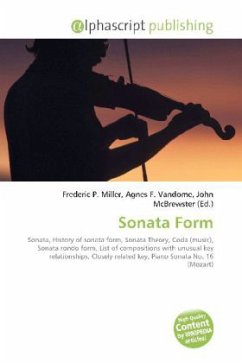The term musical form is often loosely used to refer to particular musical genres or styles (Scholes 1977), which may be determined by factors such as harmonic language, typical rhythms, types of musical instrument used as well as historical and geographical origins. In the vocabulary of art-music, however, it has a more extended meaning, referring to the type of "architectural" structure on which the music is built. Scholes (1977) explained musical form as a series of strategies designed to find a successful mean between the opposite extremes of unrelieved repetition and unrelieved alteration. Middleton (p. 145) also describes form, presumably after Gilles Deleuze s Difference and Repetition (1968, translated 1994), through repetition and difference. Difference is the distance moved from a repeat, a repeat being the smallest difference. Difference is quantitative and qualitative how far different and what type of difference. Musical form may be contrasted with content (the parts) or with surface (the detail), but there is no clear line dividing them.







